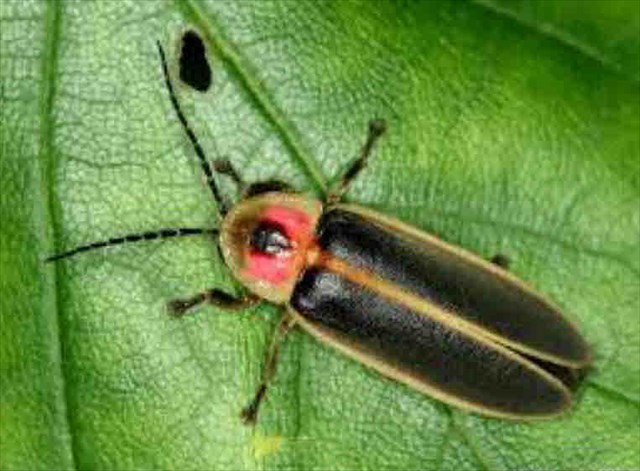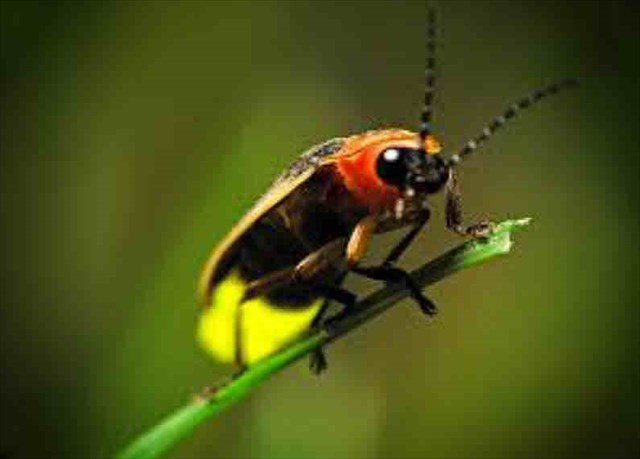INTRODUCTION:
We've had fun putting these caches out and everybody seems to be having fun finding them (unless of course, certain insects are out to "get you"). So, we are putting out more (caches, not insects). The theme this time is INSECTS (as you've already figured out by the title). Some of these you may encounter on your geocaching trips and some of them you may wish you had not. Instead of a steady line of caches down the trail, we thought we'd try something new for us. All are easy puzzle caches and the geoart is one of our favorite insects: the dragonfly - as it eats what annoys us all the most: mosquitoes.
Note: There may NOT be cell phone service in some areas of the K & P Trail.
TRANSPORTATION:
The K&P trail is a single lane dirt road with gravel on it in some areas. You can hike it, bike it or drive it albeit very slowly. When placing the caches we never drove over 15 km/hr. Mostly it was at about 10 km/hr. Just when you think it's smooth going a huge puddle hole will "get" you. On bikes, you will have no trouble except if you go out after heavy rain (or during rainfall) as it will be muddy in areas. On foot, be aware that there are very few houses along the way - so don't go alone. Safety in numbers. There are some pretty streams along the way, wetlands and Graham Lake just North of Lavant Station (a nice place for a picnic lunch).
INSECT:
Firefly
Firefly (family Lampyridae), also called lightning bug, any of some 2,000 species of beetles (insect order Coleoptera) found in most tropical and temperate regions that have special light-producing organs on the underside of the abdomen. Most fireflies are nocturnal, although some species are diurnal. They are soft-bodied beetles that range from 5 to 25 mm in length. The flattened, dark brown or black body is often marked with orange or yellow.
Some adult fireflies do not eat, whereas many feed on pollen and nectar. In a few species females are predatory on males of other firefly species. Both sexes are usually winged and luminous, although in some species only one sex has the light-producing organ. Females lacking wings and resembling the long, flat larvae are commonly referred to as glowworms. The larvae are sometimes luminescent before they hatch. Larvae live on the ground and feed on snails and slugs by injecting a fluid into their prey and then withdrawing the partly digested matter through hollow mouthparts. The common glowworm (Lampyris noctiluca) is a member of this family.
Most fireflies produce short, rhythmic flashes in a pattern characteristic of the species. The rhythmic flash pattern is part of a signal system that brings the sexes together. Both the rate of flashing and the amount of time before the female’s response to the male are important. Some authorities feel that the flashing is also a protective mechanism, reminding predators of the firefly’s bitter taste. However, some frogs eat such large numbers of fireflies that they themselves glow.
Firefly light is produced under nervous control within special cells (photocytes) richly supplied with air tubes (tracheae). Firefly light is a cold light with approximately 100 percent of the energy given off as light and only a minute amount of heat. Only light in the visible spectrum is emitted.

Firefly

Firefly - lit
The cache can be found at:
North Rh He. O Rn --- West Os Mo. Cr Be